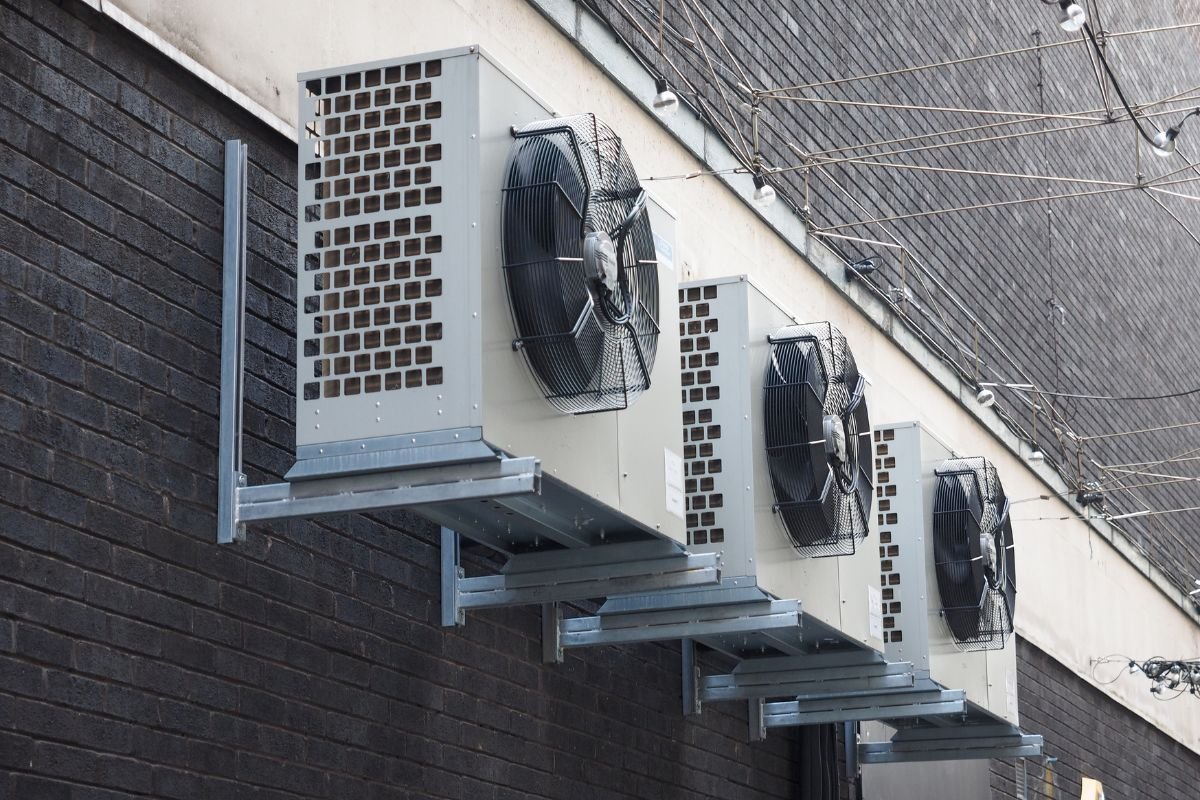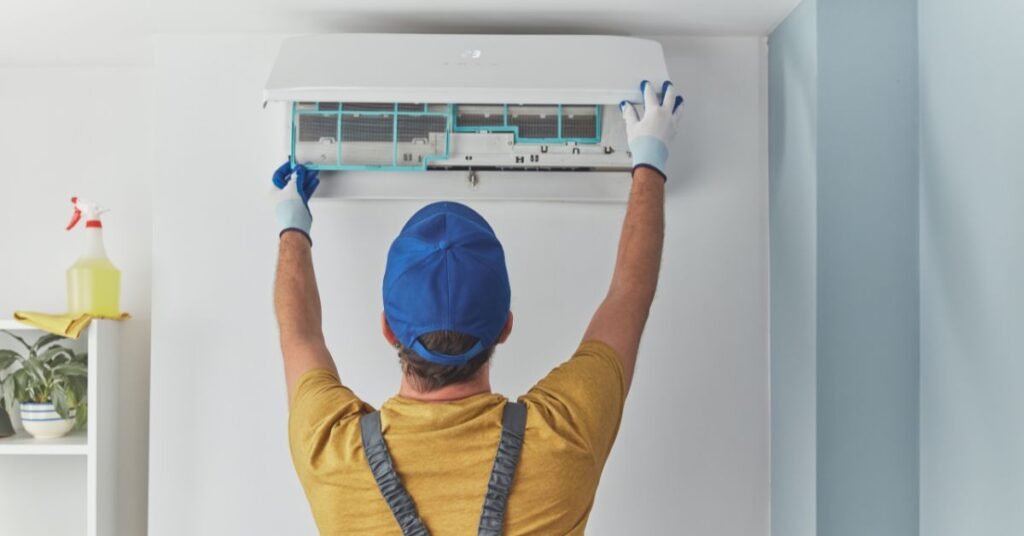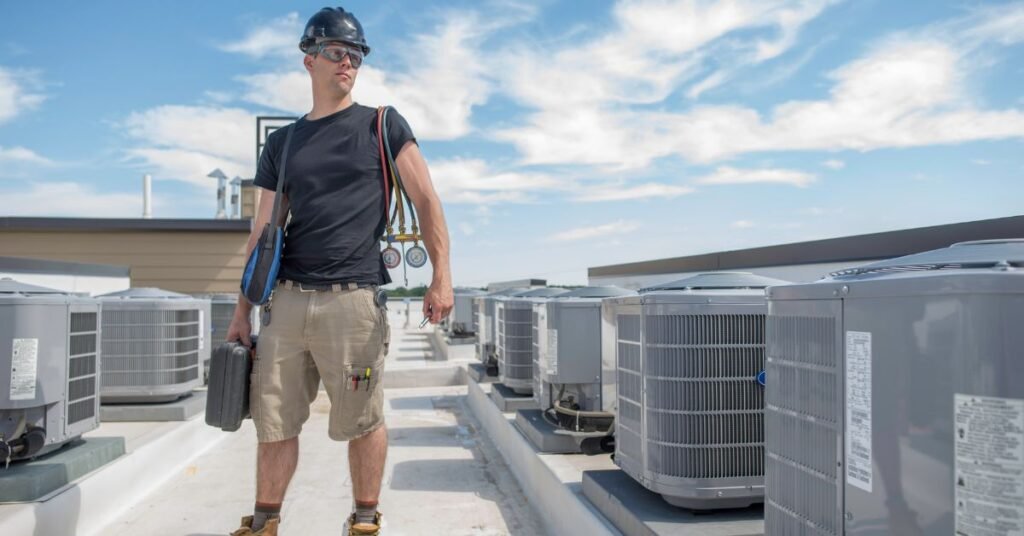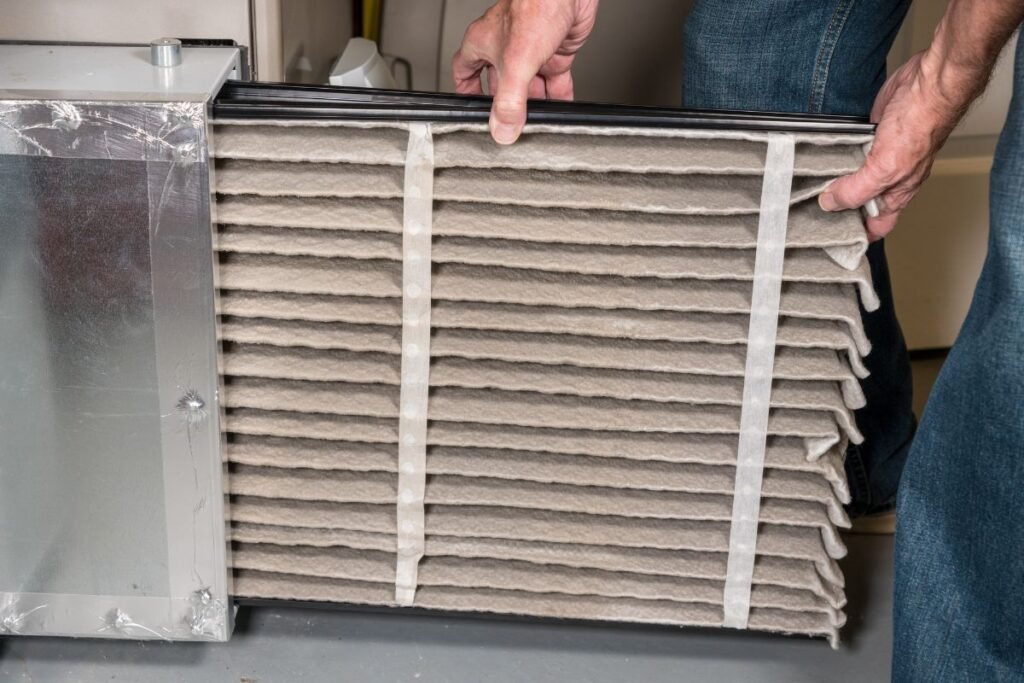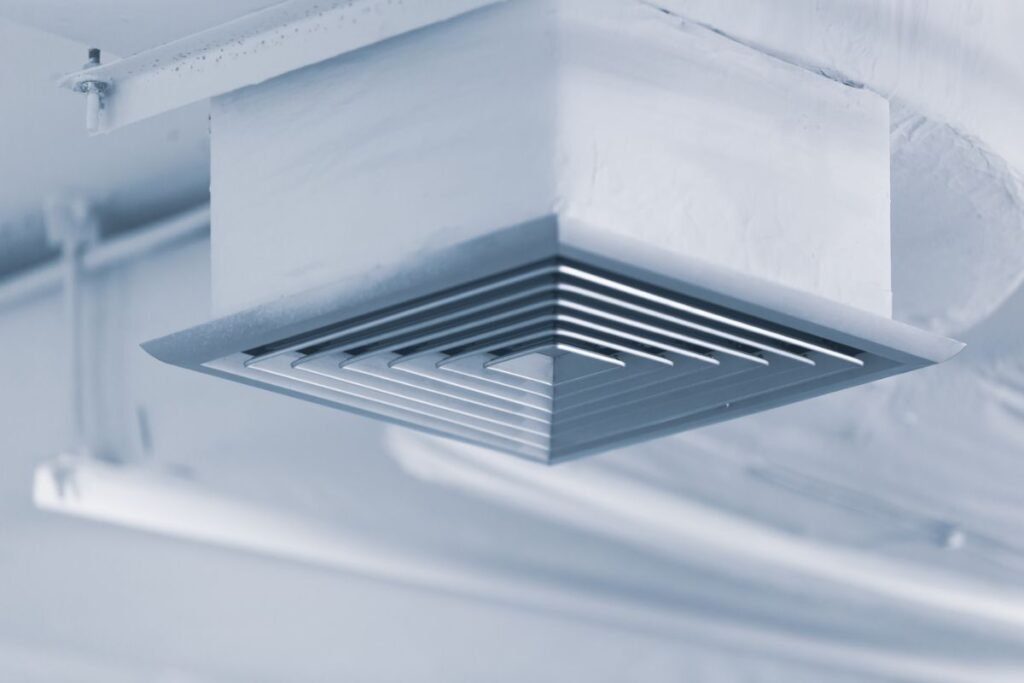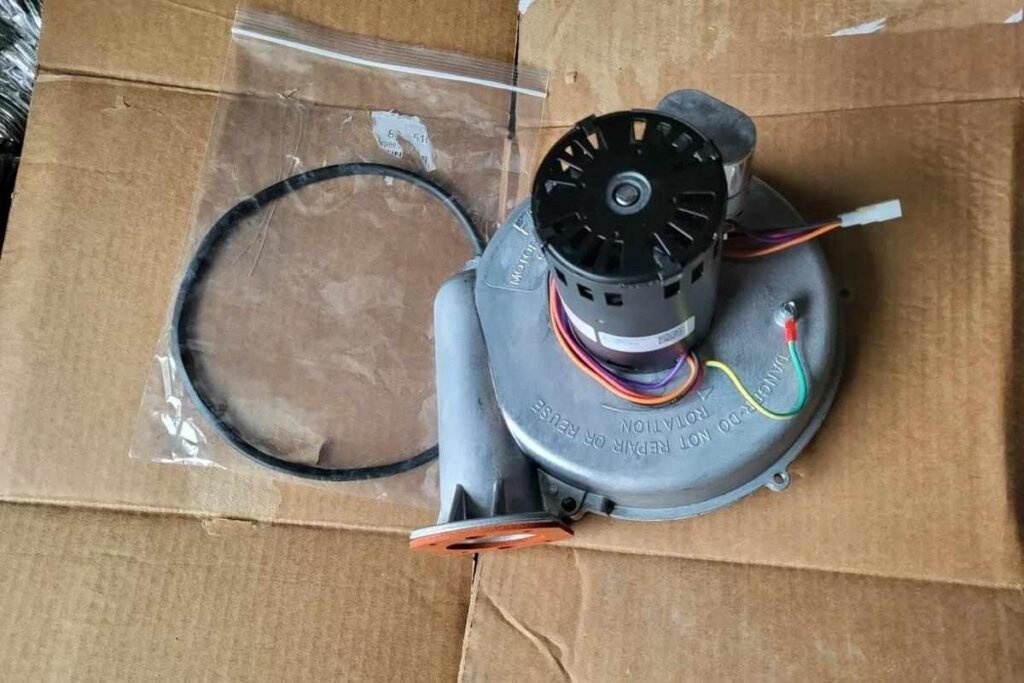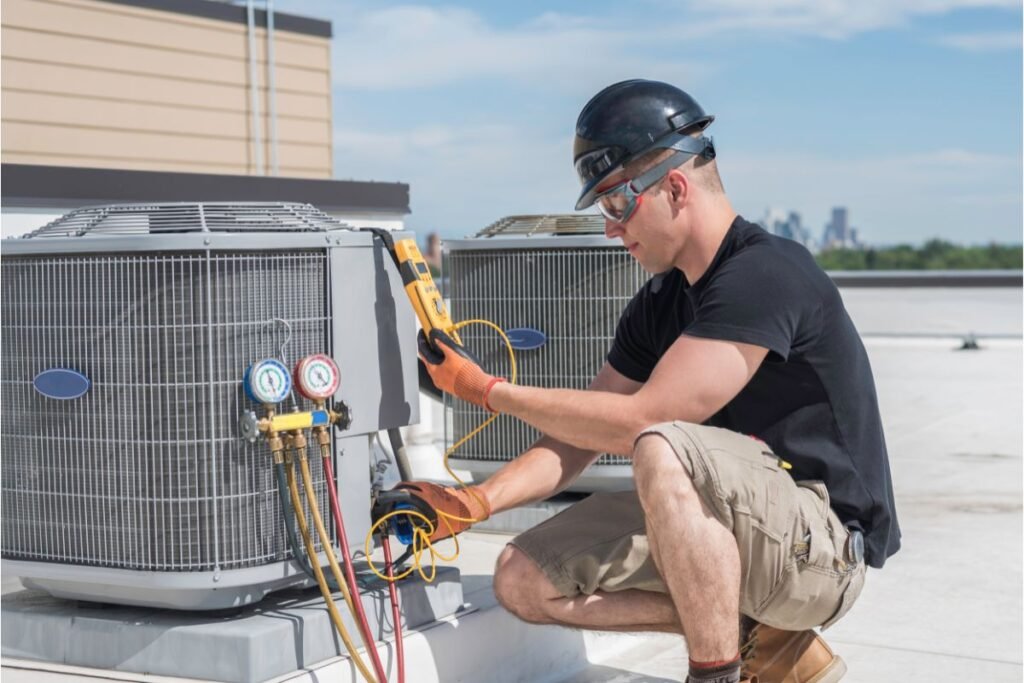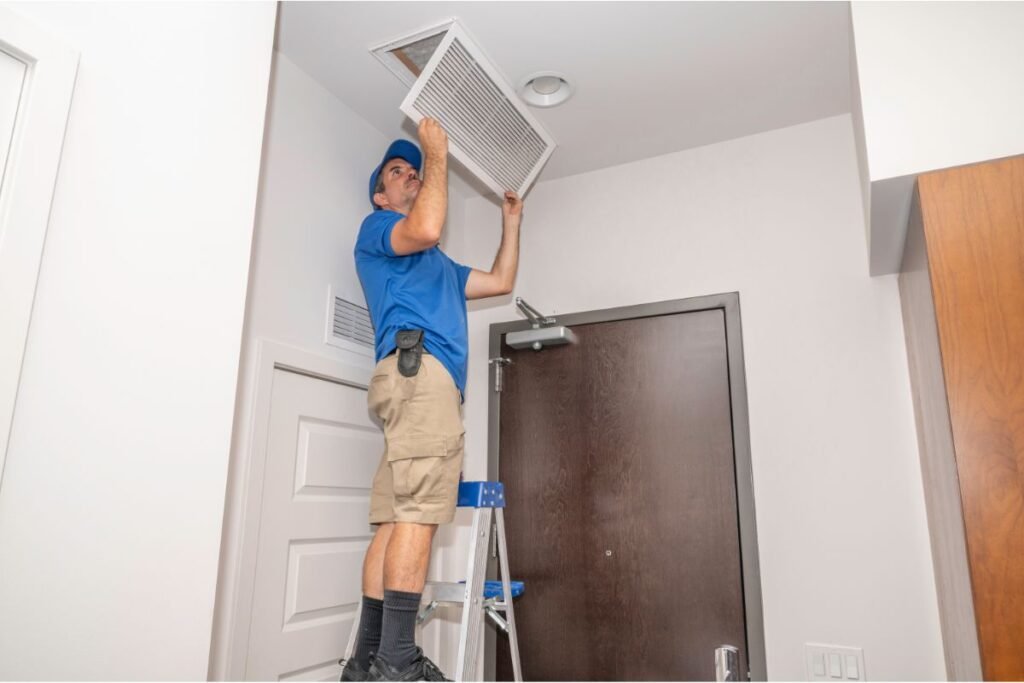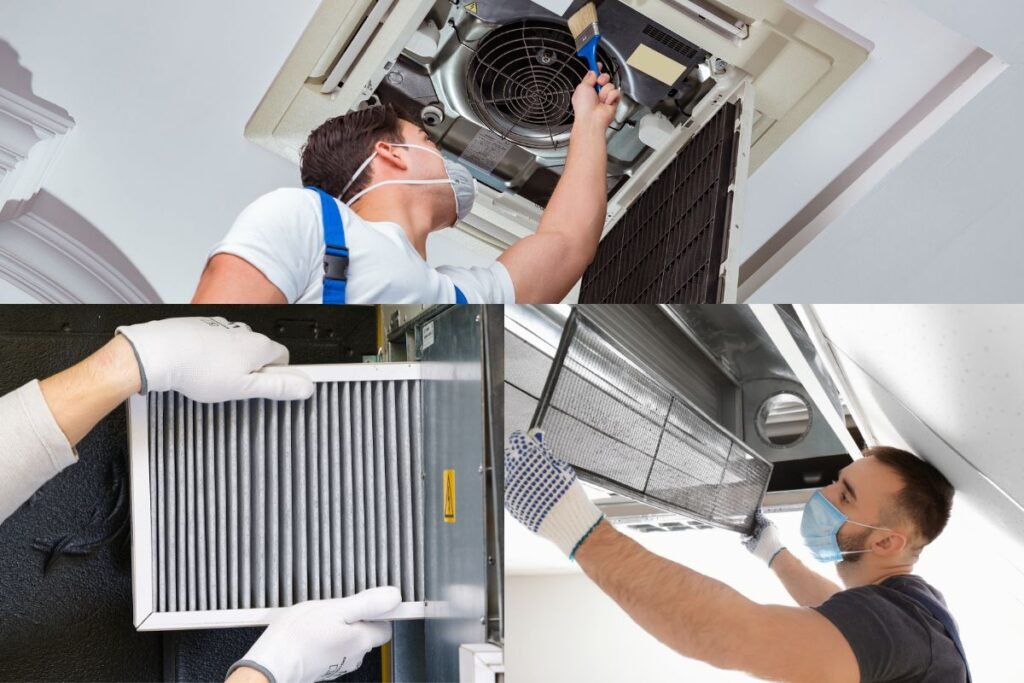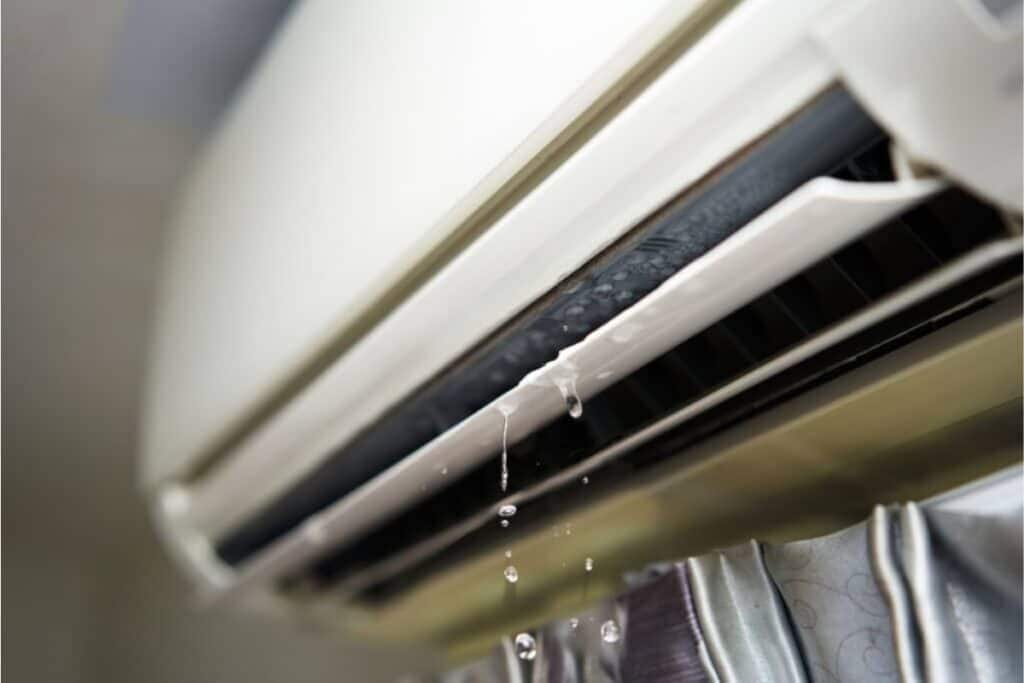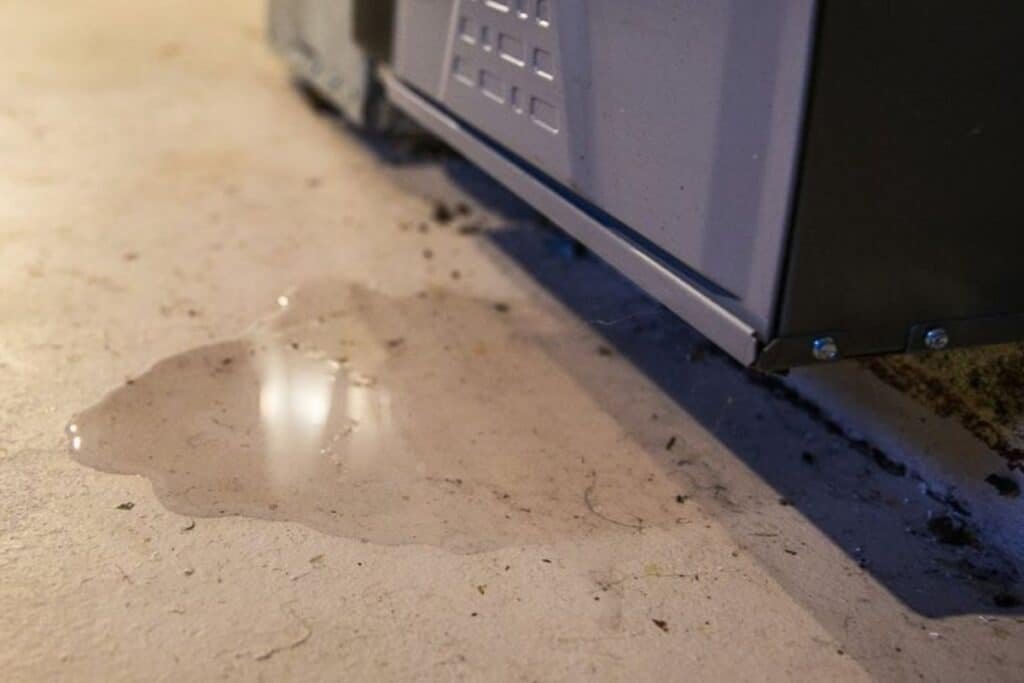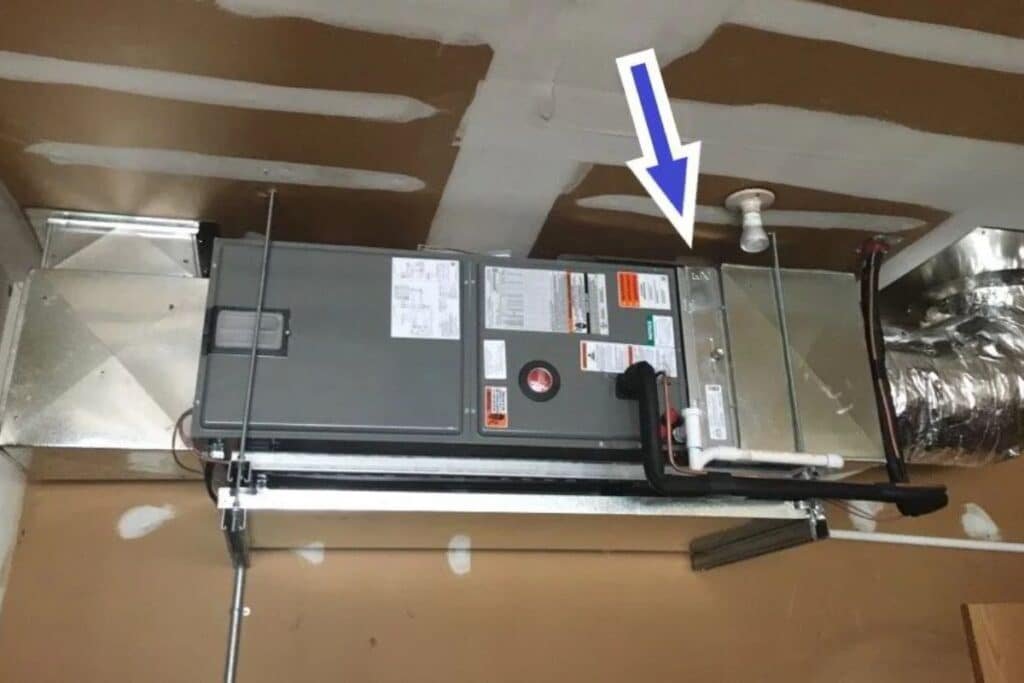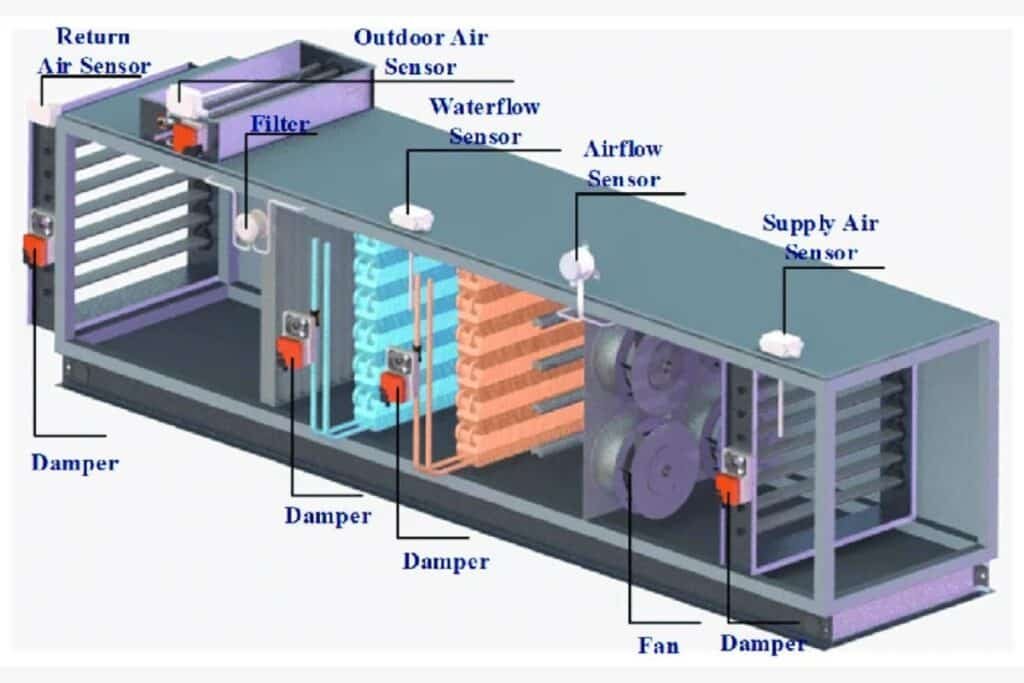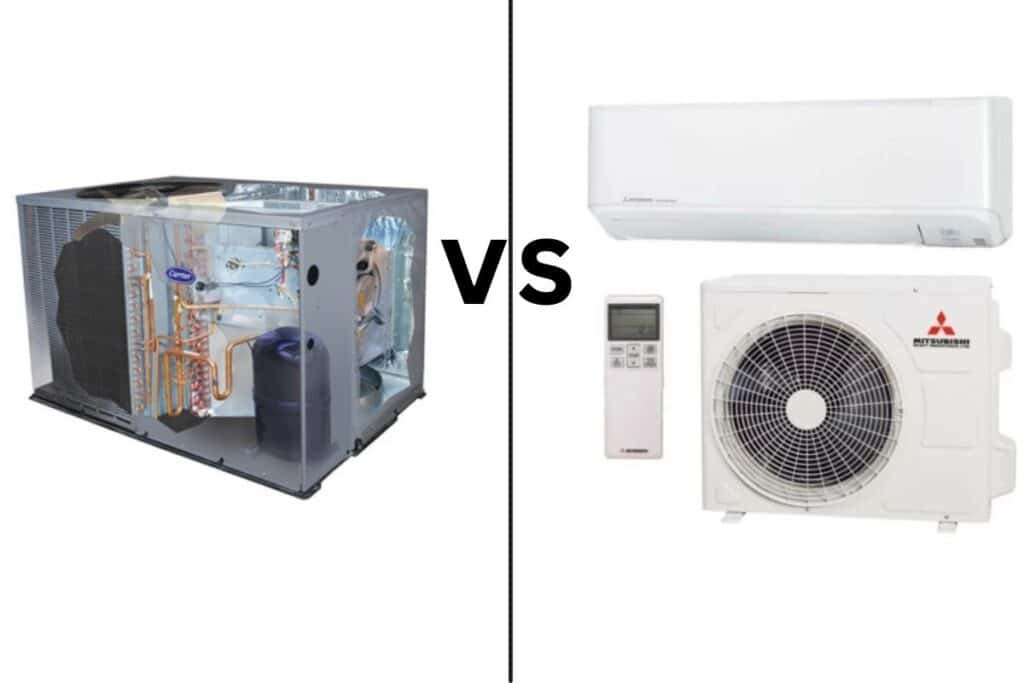Are you qurious about what does the fan do in a HVAC? The fan in an HVAC system plays a key role in moving air around your home. It ensures that warm and cool air is spread evenly to keep every room comfortable. It also helps to clean the air by pushing it through filters that catch dust and allergens. It improves the air quality. Most HVAC systems have two fans, one inside to move the air and one outside to cool the refrigerant. You can set the fan to “auto” or “on,” with “auto” being more energy-efficient. Besides heating and cooling, the fan also helps with ventilation and humidity control. In this blog post, we will discuss What Does the fan do in an HVAC, how an AC fan works, how to Set the AC Fan and the Benefits of Setting a Fan in an HVAC.
What Does The Fan Do in a HVAC
The fan in an HVAC system is essential for moving air around your home. It helps spread cool or warm air, depending on the setting and keeps the temperature even in all rooms. Without the fan, the system wouldn’t work as well. It makes it harder to stay comfortable. The fan also helps clean the air by pushing it through filters that catch dust and allergens, which improves the air quality in your home. Knowing what does the fan do in a HVAC system helps you make the most of your unit and keep your home comfortable and healthy. Contact a professional HVAC service experts for better solutions.
How an AC Fan Works
The AC fan works by pulling warm indoor air into the HVAC system, where the air is cooled by passing over the evaporator coils. Once cooled, the fan blows the chilled air back into the room, maintaining a comfortable indoor temperature. HVAC systems usually have two fans: one inside and one outside. The inside fan distributes the cool air, while the outside fan removes the heat absorbed by the refrigerant. This process allows the AC to continue cooling efficiently. If the fan malfunctions, the system cannot properly cool your home, leading to uneven temperatures and discomfort.
How to Set the AC Fan
Most HVAC systems offer two main fan settings: “auto” and “on.” In the “auto” mode, the fan only runs when the system is actively cooling or heating, which makes it more energy-efficient. However, setting the fan to “on” means it will run continuously, circulating air even when the HVAC isn’t actively cooling or heating. This can help with air circulation but may increase energy usage. For most homeowners, using the “auto” setting is ideal for balancing comfort and energy savings. Adjusting these settings correctly can optimize your system’s performance and efficiency. Contact with the best HVAC installer in New York.
What Does the AC Fan Do In Other AC Modes?
Aside from cooling, the AC fan also plays a role in other modes, like heating and ventilation. When the system is in heating mode, the fan distributes warm air throughout the home. It is similar to how it operates in cooling mode. In ventilation mode, the fan circulates air without altering its temperature, which helps to keep the air fresh and prevent stuffiness. Additionally, the fan may run during dehumidification, helping to lower humidity levels indoors. By understanding how the fan operates in these different modes, homeowners can maximize comfort and air quality all year round.
What are the Benefits of Setting a Fan in an HVAC?
Setting a fan in an HVAC system offers benefits beyond essential cooling or heating. It enhances indoor comfort, boosts air quality, and improves energy efficiency. Below are the key advantages of properly setting the fan, from even air distribution to noise reduction.
1. Even Air Distribution:
The fan helps distribute air evenly throughout your home. It ensures consistent temperatures in every room. This is particularly beneficial in larger homes where certain areas may otherwise experience uneven cooling or heating. It’s useful during seasonal transitions when temperatures fluctuate between rooms.
2. Improved Air Quality
The fan doesn’t just circulate air. It also pushes air through your HVAC filters, removing dust, pollen, and other allergens from the environment. This function is critical for improving indoor air quality, especially for households with individuals who suffer from allergies or respiratory issues. Consistent air circulation through filters helps create a cleaner, healthier living space for everyone.
3. Energy Efficiency
When the fan is set to “auto,” it runs only when needed, which helps reduce energy consumption. By operating the fan this way, you avoid unnecessary energy usage, which results in lower electricity bills. This energy-efficient option also ensures that your HVAC system doesn’t work harder than it needs to.
4. Humidity Control
A well-set fan can help maintain comfortable humidity levels in your home by keeping air circulating, especially in high-humidity environments. Proper air movement prevents the buildup of moisture. It reduces the chance of mold growth and musty odors. Conversely, the fan helps spread humidity evenly in dry conditions, preventing rooms from feeling overly dry or uncomfortable.
5. System Longevity
Using the fan appropriately can help extend the life of your HVAC system by reducing strain on critical components. When the fan runs efficiently, the HVAC unit doesn’t have to cycle as frequently. This can lead to fewer breakdowns, lower repair costs, and a longer-lasting system overall.
6. Noise Reduction:
Properly set fans can reduce noise levels from the HVAC system. This is especially noticeable if your fan is set to “auto,” as the unit won’t run continuously. A quieter fan operation creates a more peaceful environment, which can be particularly beneficial at night or at the office.
7. Continuous Air Circulation
Running the fan on the “on” setting ensures constant air movement, even when the HVAC system isn’t heating or cooling. This setting can be helpful for maintaining fresh, circulating air throughout the house, preventing it from becoming stale. This is especially beneficial during milder weather when you don’t need the system to cool or heat actively but still want good airflow.
8. Reduced Strain on the System
By setting the fan to “auto,” you allow the system to operate in a balanced way, only running when necessary. This reduces wear and tear on parts like the blower motor and compressor, as they don’t have to work as hard. Less strain on these components means fewer breakdowns, which reduces maintenance costs and helps avoid unexpected repairs.
9. Air Purification
If your HVAC system has advanced air filters, such as HEPA or UV filters, running the fan helps keep air circulating through these filters more often. This can improve air purification by removing more contaminants from the air. Consistent fan use ensures better filtration and cleaner air for everyone inside in homes where air quality is a priority.
10. Increased Comfort During Mild Weather
During mild weather, running just the fan can provide adequate comfort by circulating air without turning on the heating or cooling function. This is a great way to maintain airflow without increasing energy costs.
Conclusion
In conclusion, the fan in your HVAC system plays a vital role in keeping your home comfortable and improving air quality. It ensures even air distribution, helps with humidity control and supports efficient cooling and heating. By understanding how the fan works and making the proper adjustments, you can improve your HVAC system’s performance and enjoy a healthier, more comfortable living environment.

